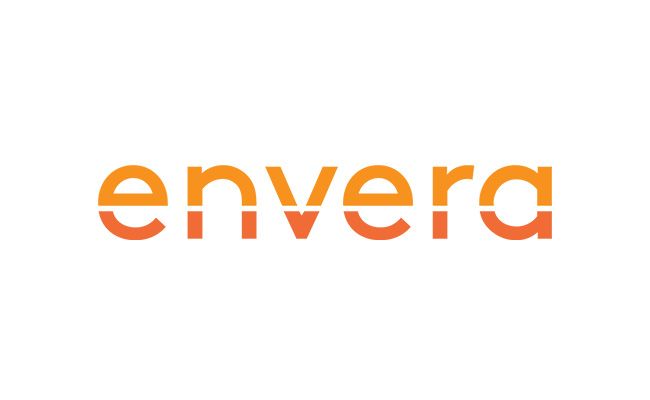CXOne Personal Connection
- Introduction
- What Is Streaming Data Integration?
- Why Streaming Data Matters in Contact Centers
- Key Technical Components
- High-Value Use Cases for Contact Centers
- Challenges and Mitigation Strategies
- Persona-Based Benefits
- Key Metrics to Track
- Security and Governance
- Deployment Strategy
- Comparison: Batch vs. Streaming Data in Contact Centers
- Final Thoughts
Introduction
In modern contact centers, decisions can't wait for batch reports. Customer experiences are shaped in real time—and systems must respond instantly. That’s why Streaming Data Integration is becoming a core component of the next-generation contact center stack.By continuously ingesting, transforming, and routing event data in real time, streaming architectures enable fast, intelligent decisions. From routing optimization and live QA to in-call agent assist and fraud prevention, streaming unlocks a data-driven contact center that reacts in milliseconds.This guide explores how streaming data integration works, its key architectural components, and how NICE clients can leverage it to unlock responsive, AI-powered customer engagement.What Is Streaming Data Integration?
Streaming data integration refers to the real-time ingestion, processing, transformation, and delivery of continuous data streams across a distributed system.In contact centers, streaming data might include:- Voice and chat transcripts
- Customer sentiment and behavior events
- Agent desktop activities
- Call metadata (start time, queue, duration, skills used)
- External system events (CRM updates, payment status, delivery data)
Why Streaming Data Matters in Contact Centers
1. Real-Time Agent Guidance and Automation
Live events from the call—such as keywords, tone, silence, or spoken phrases—are streamed to AI engines that surface real-time suggestions, alerts, or routing decisions.Example: A sentiment shift triggers a Supervisor Assist alert, enabling intervention during—not after—the call.2. Real-Time Customer Experience Personalization
By streaming CRM updates, purchase behavior, or IVR responses, the system can tailor each interaction dynamically—recommending the right script, channel, or offer.Example: A customer with a recent failed payment automatically bypasses authentication and is routed to billing.3. Instant Compliance and Risk Detection
Streaming architectures allow detection of risky language, PII disclosure, or policy violations during the call—not just after.Example: If a customer shares a Social Security Number, the system can immediately redact and mask the data while flagging the interaction for audit.4. Unified Analytics Across Systems
Streaming events from voice platforms, CRM, workforce systems, and digital touchpoints can be merged into a real-time data lake for unified dashboards and operational monitoring.Example: A dashboard shows real-time service level dips across queues and triggers WEM actions or dynamic re-skilling.Key Technical Components
1. Event Streaming Platform
At the heart of streaming data integration is a scalable message bus such as:- Apache Kafka
- AWS Kinesis
- Google Cloud Pub/Sub
- Confluent Cloud
2. Stream Processors
Stream processors analyze data in motion—filtering, transforming, enriching, or triggering downstream actions.Common tools include:- Apache Flink (for stateful computation)
- Spark Structured Streaming
- Kafka Streams
- AWS Lambda for lightweight processing
- SQL-based stream querying with Materialize or ksqlDB
3. Data Connectors & APIs
Streaming systems rely on connectors to push/pull data from operational platforms:- Sources: Telephony, CRM, chat, WEM, legacy databases
- Destinations: Data lakes, analytics platforms, AI inference engines, QA platforms, agent desktops
4. Real-Time Data Lake or Lakehouse
Streaming data is often persisted for long-term analysis in systems like:- Snowflake Streaming Ingest
- Databricks Delta Lake
- BigQuery with streaming insert
- AWS Redshift with Kinesis integration
High-Value Use Cases for Contact Centers
Challenges and Mitigation Strategies
Persona-Based Benefits
For Agents
- Receive guidance and context updates mid-call
- Minimized lag between customer input and system response
- Improved experience through automation and reduced manual steps
For Supervisors
- Monitor real-time interactions with streaming dashboards
- Get alerts based on behavioral and sentiment signals
- Drive coaching and intervention with live data
For Data & AI Teams
- Feed real-time streams into AI models for predictions and automation
- Enable anomaly detection, fraud prevention, and real-time recommendations
- Build production-grade machine learning pipelines with event triggers
For Operations Leaders
- View performance in real time
- React to demand shifts instantly (e.g., traffic surges, outage support)
- Stream metrics directly into BI platforms without lag
Key Metrics to Track
Security and Governance
- Data Encryption: TLS for transport, AES-256 for persisted stream data
- Access Control: Fine-grained policies via Kafka ACLs, IAM roles, or API keys
- Audit Trails: Capture who accessed which stream and when
- Data Masking: Automatically mask or tokenize sensitive fields in flight
- Anomaly Monitoring: Use stream observability tools like Datadog, Confluent Control Center, or Prometheus + Grafana





